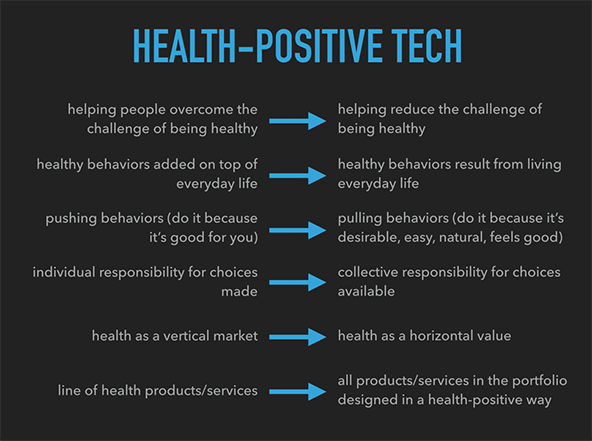Heidi Ledford at Nature: “Elizaveta Sivak spent nearly a decade training as a sociologist. Then, in the middle of a research project, she realized that she needed to head back to school.
Sivak studies families and childhood at the National Research University Higher School of Economics in Moscow. In 2015, she studied the movements of adolescents by asking them in a series of interviews to recount ten places that they had visited in the past five days. A year later, she had analysed the data and was feeling frustrated by the narrowness of relying on individual interviews, when a colleague pointed her to a paper analysing data from the Copenhagen Networks Study, a ground-breaking project that tracked the social-media contacts, demographics and location of about 1,000 students, with five-minute resolution, over five months1. She knew then that her field was about to change. “I realized that these new kinds of data will revolutionize social science forever,” she says. “And I thought that it’s really cool.”
With that, Sivak decided to learn how to program, and join the revolution. Now, she and other computational social scientists are exploring massive and unruly data sets, extracting meaning from society’s digital imprint. They are tracking people’s online activities; exploring digitized books and historical documents; interpreting data from wearable sensors that record a person’s every step and contact; conducting online surveys and experiments that collect millions of data points; and probing databases that are so large that they will yield secrets about society only with the help of sophisticated data analysis.
Over the past decade, researchers have used such techniques to pick apart topics that social scientists have chased for more than a century: from the psychological underpinnings of human morality, to the influence of misinformation, to the factors that make some artists more successful than others. One study uncovered widespread racism in algorithms that inform health-care decisions2; another used mobile-phone data to map impoverished regions in Rwanda3.
“The biggest achievement is a shift in thinking about digital behavioural data as an interesting and useful source”, says Markus Strohmaier, a computational social scientist at the GESIS Leibniz Institute for the Social Sciences in Cologne, Germany.
Not everyone has embraced that shift. Some social scientists are concerned that the computer scientists flooding into the field with ambitions as big as their data sets are not sufficiently familiar with previous research. Another complaint is that some computational researchers look only at patterns and do not consider the causes, or that they draw weighty conclusions from incomplete and messy data — often gained from social-media platforms and other sources that are lacking in data hygiene.
The barbs fly both ways. Some computational social scientists who hail from fields such as physics and engineering argue that many social-science theories are too nebulous or poorly defined to be tested.
This all amounts to “a power struggle within the social-science camp”, says Marc Keuschnigg, an analytical sociologist at Linköping University in Norrköping, Sweden. “Who in the end succeeds will claim the label of the social sciences.”
But the two camps are starting to merge. “The intersection of computational social science with traditional social science is growing,” says Keuschnigg, pointing to the boom in shared journals, conferences and study programmes. “The mutual respect is growing, also.”…(More)”.


